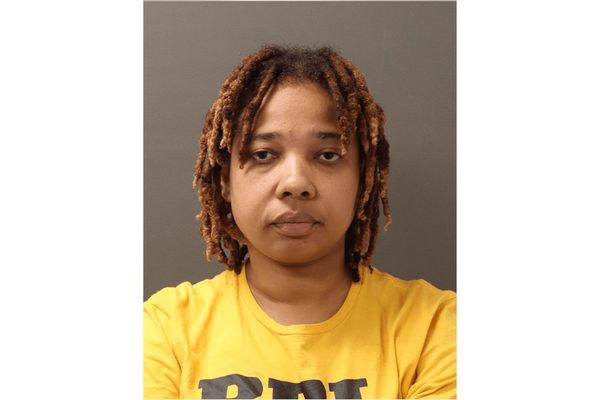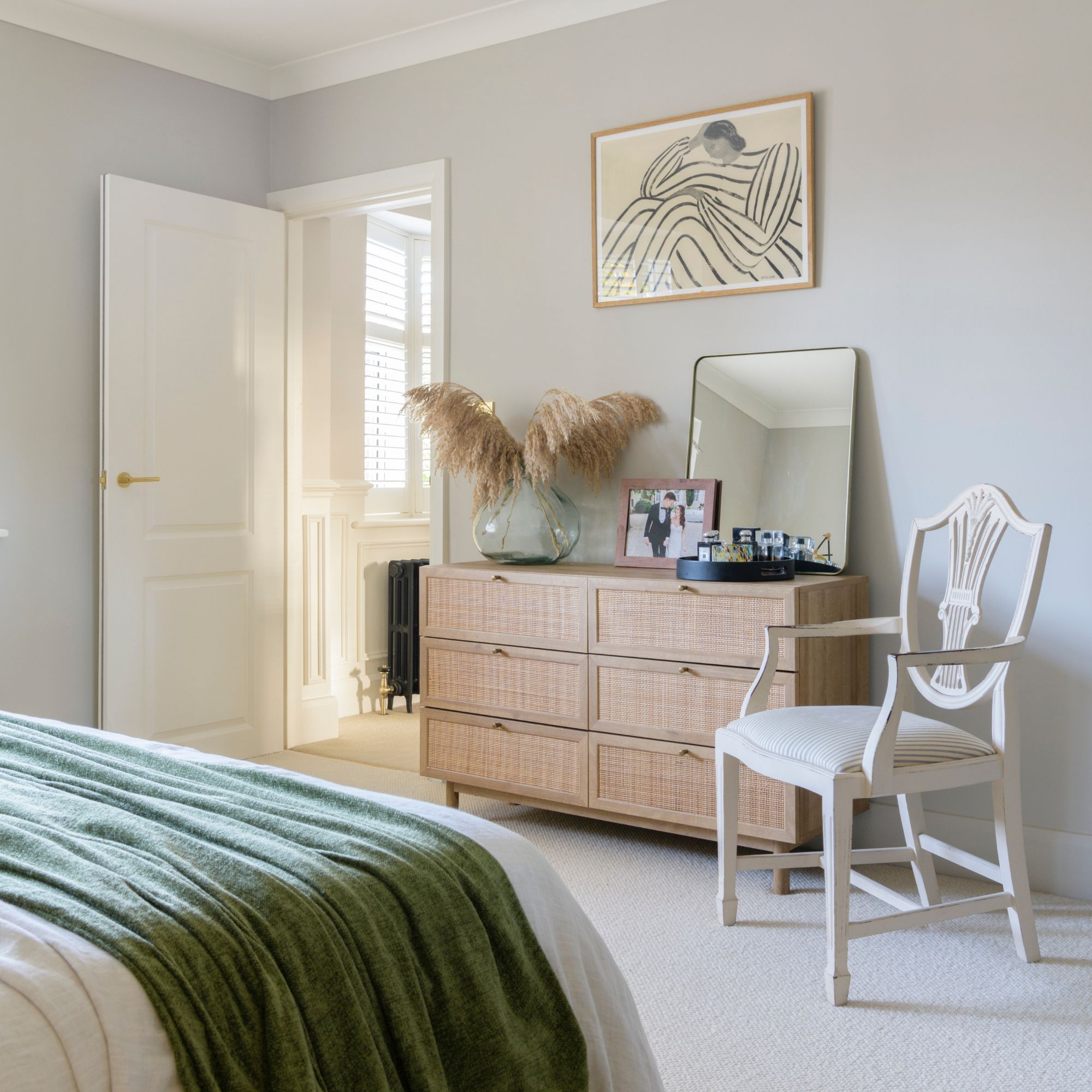
Most people choose a variety of storage options for their homes, from cupboards and wardrobes to chests of drawers and bedside tables. But have you ever wondered whether you’re putting the right things in the right place? Well, it turns out that there are many more things you should store in drawers.
Of course, storage and organisation are key to a functional home, but it’s fair to say that most people (myself included) seem to favour cupboards over drawers. In theory, cupboards offer considerable storage space while also suiting every room in the house. But after speaking to countless organisation pros, I’ve since learned that drawers open up a bigger world of opportunity I hadn’t previously considered.
As Jane Lee, an award-winning professional organiser and home stager from Jane Lee Interiors, explains, ‘I’m a big fan of storing all sorts of things in drawers: they’re much more practical than deep cupboards that involve pulling everything out to get to something right at the back.’ So, these are the 7 things you should be storing in drawers (but probably aren’t).
1. Pots and pans
If you’ve stocked up on the best saucepans, keeping them in tip-top condition requires proper storage and organisation. However, it can be difficult to organise pots, pans, and lids of all different shapes and sizes - especially in a small kitchen with limited storage.
But if you’ve shoved your pots and pans in a cupboard for safekeeping, it’s time to relocate them - as they’re one of the many things you should store in drawers. By keeping them in a drawer, you can simply slide them out and easily spot the one you need without removing them all.
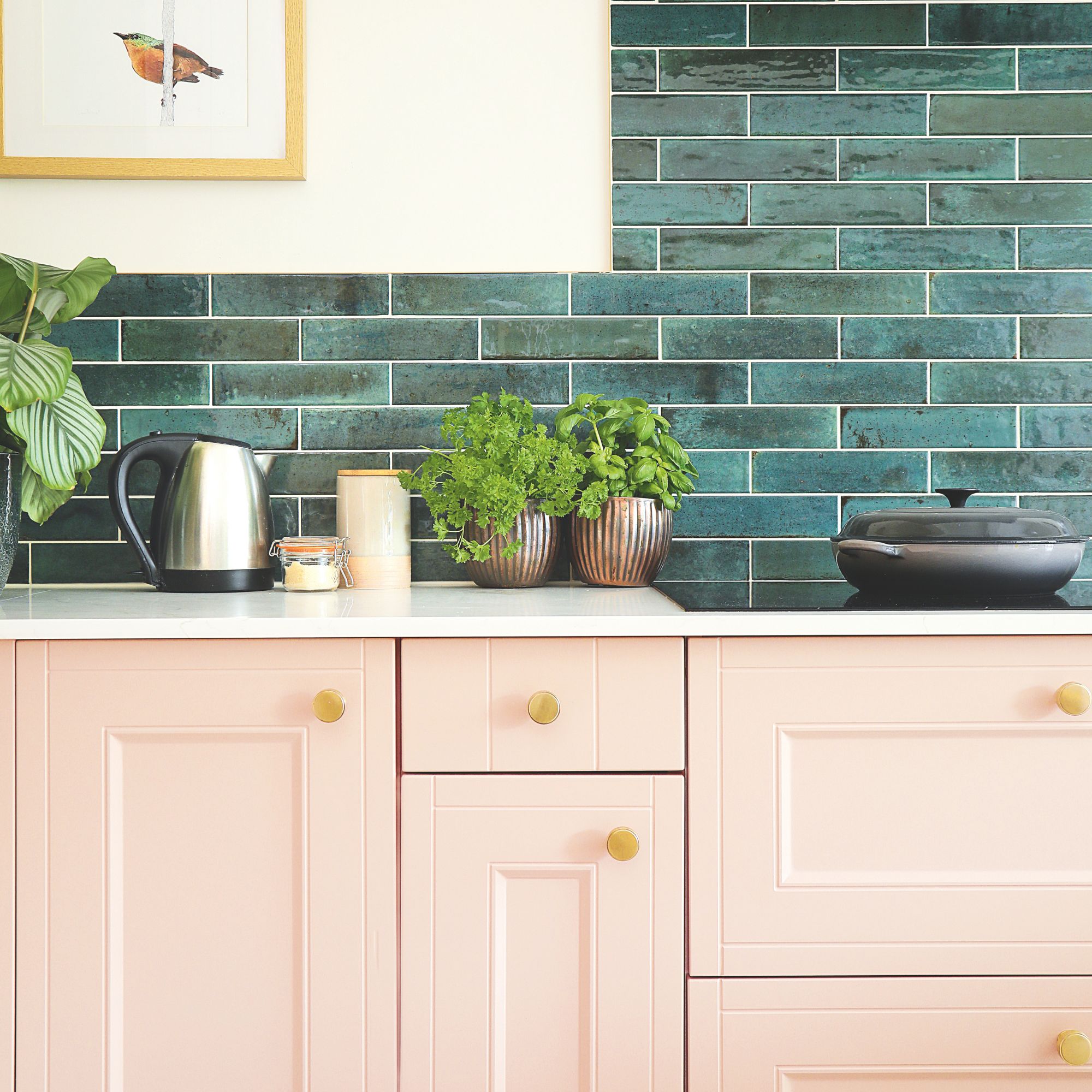
It’s incredibly easy to organise a drawer of pots and pans, too. Nancy Lightfoot and Susannah Kirby-Green, founders of Ever So Organised, say, ‘Use deep drawers with dividers instead of stacking in a cupboard. There are a variety of organising products you can use in the space to either separate or keep lids organised.’ This MENGCOOL Expandable Pans Organiser Rack from Amazon is a great example of that.
During this stage, it may also be worth decluttering any pots and pans you haven’t used in years or those that are looking a little worse for wear. Then, we have a whole guide on what to do with pots and pans after a kitchen declutter so you can ensure they’re going to the best home.
With 7 adjustable non-scratch wire dividers with pan handle slots, this cookware organiser is ideal for drawers.
2. Bedding and bed linen
As I don’t have a dedicated utility room or airing cupboard to store bedding, I just shove mine under the bed in these Fabric Underbed Storage Boxes from Dunelm. And while these do work well, they’re not very practical when the bed sheets I want to pop on seem to always be at the bottom of the pile.
That’s why Hester Van Hien, a Home Decluttering and Organising Consultant from Tidylicious, suggests storing them in drawers instead. She says, ‘Instead of putting your bed linen in a pile on a shelf, you could consider standing your bed linen up in a drawer. I've got quite a deep drawer in one of my bedroom cabinets, and I always roll up my bedding and stand up these rolls in this drawer.’
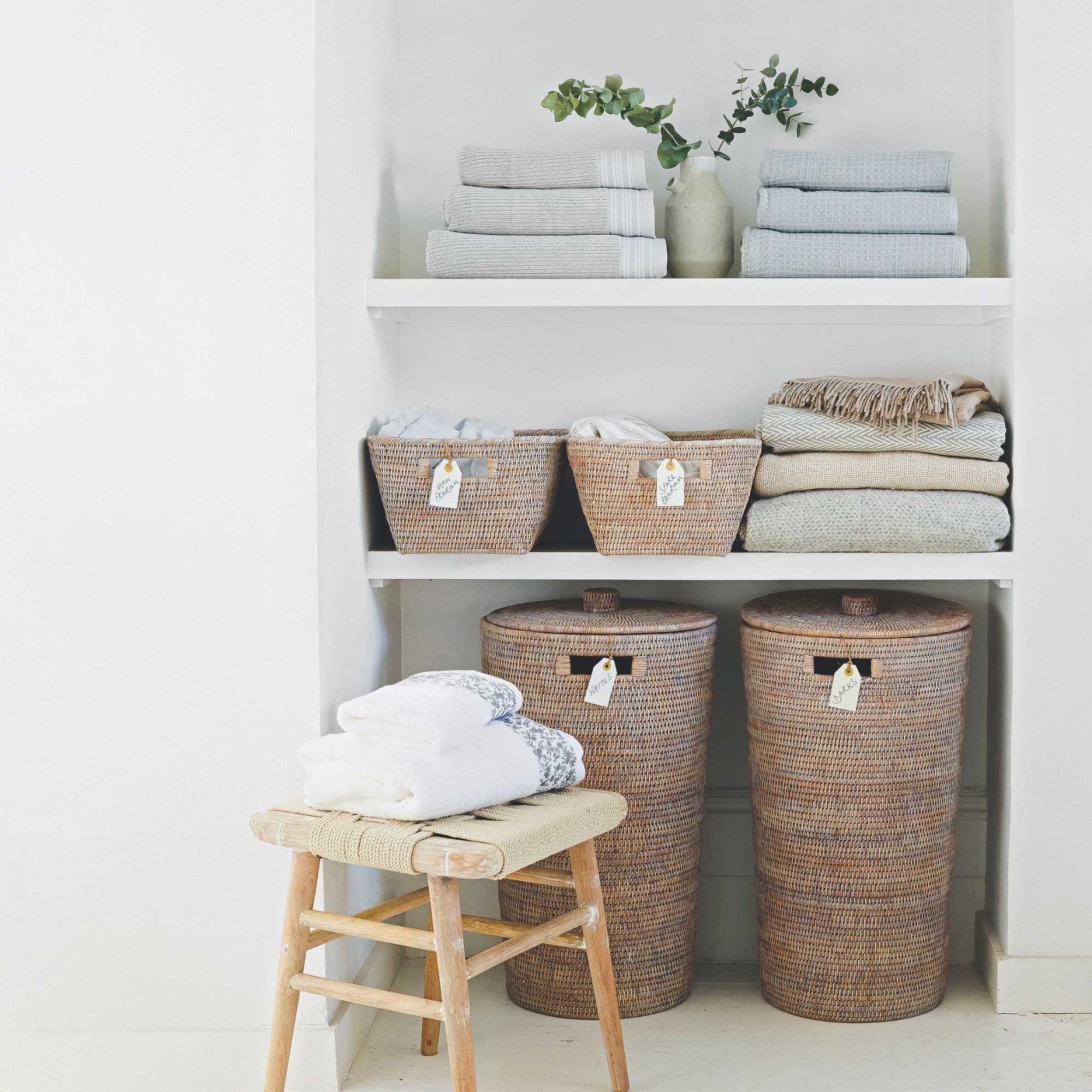
She adds, ‘It means that I make maximum use of the height/depth of the drawer, can see all my bed linen, and take out whichever set I need without having to move other sets first.’ You could even pop a bedding organiser like this Syeeiex Bed Sheet Organiser and Storage from Amazon in the drawer for extra functionality, too.
And while it’s not possible to store a duvet in a drawer (unless you have a very big drawer), one of the best ways to store a duvet is still to roll it. So, rolling your bedding is a good habit to get into.
3. Cooking ingredients
It’s important to embrace the most functional kitchen storage solutions for your space, and sometimes, this involves moving what you’d think should be stored in the cupboard to a drawer instead. And many cooking ingredients lean more towards drawers in the kitchen cabinets vs drawers debate, too.
Hester says, ‘Most kitchens have a cutlery drawer, but have you thought about storing your herbs and spices in a drawer? Other kitchen items I store in drawers are cooking oils and sauces, pasta/rice/couscous, tinned food and sandwich spreads and toppings such as chocolate spread, honey and marmite.’
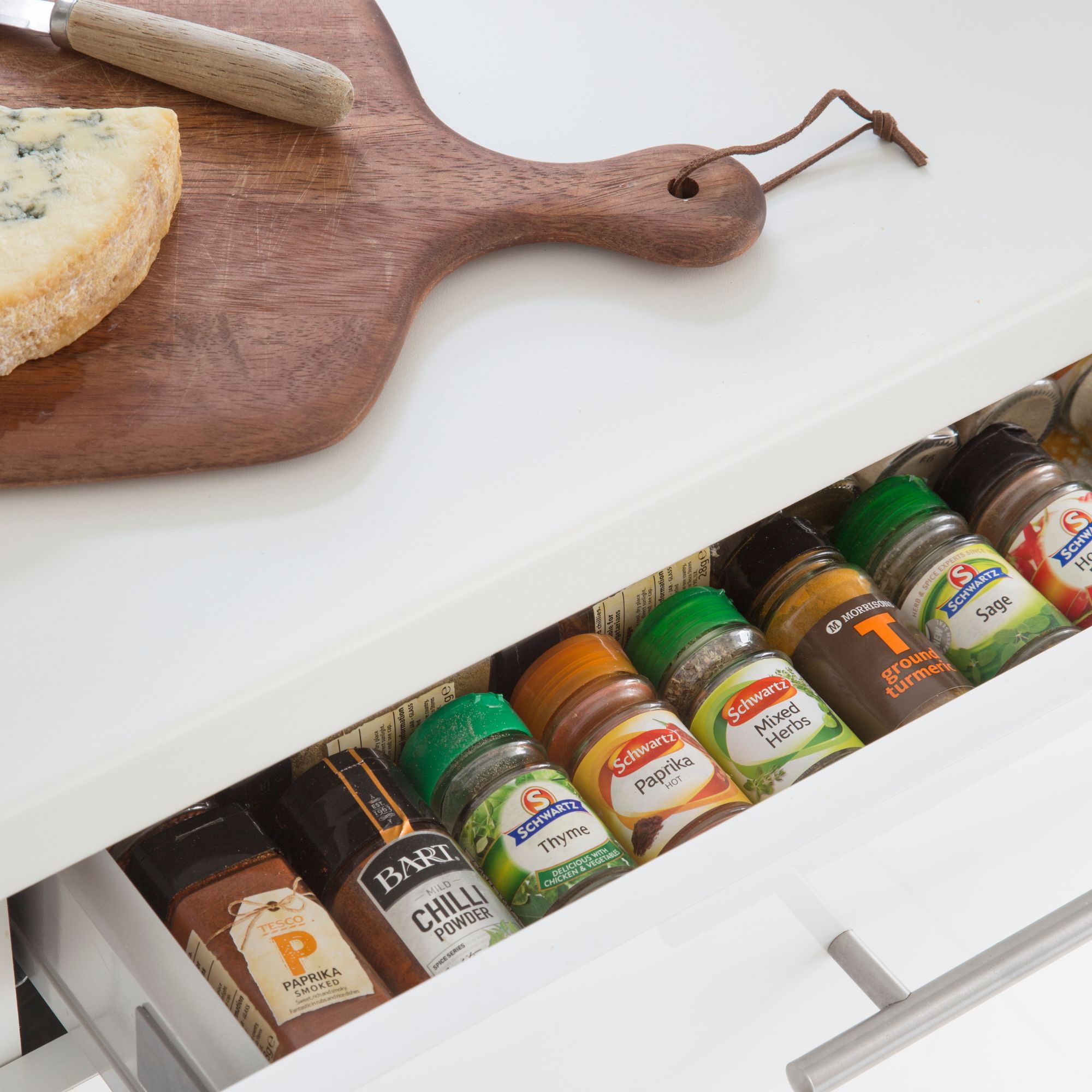
Of course, it’s up to you which food items you choose to store in drawers, but one of the pantry storage solutions experts swear by is using organisers within these drawers to keep everything in check and to hand at all times.
You could opt for dividers to separate your cooking spices from your herbs, your savoury from your sweet, or maybe by the different dietary requirements in your home. These organisers will keep your cooking ingredients easier to manage too, so you know exactly where everything is - and know when you’re running low and need to buy more.
Offering 7 drawer storage compartments in 3 different sizes, this set can be used in one drawer or split across multiple drawers.
With space for both round or square jars of herbs and spices, this tiered tray even comes with non-slip feet to keep it in place in your drawer.
Ideal for separating your food stuffs, these bamboo dividers can stylishly create a barrier between the different ingredients in your drawers.
4. Chargers and stationery
Remote controls, charging cables, pens, notepads, keys… they’re all useful things you need to keep safe, but trying to find homes for them can be a nightmare. Most people keep them in cupboards or on sideboards, but they’re actually some of the many things you should be storing in drawers but probably aren’t.
Nancy and Susannah say, ‘A labelled drawer prevents tangled wires in a cupboard. Use cord organisers in office drawers to prevent messy cables.’ I know what you’re thinking, though: surely this is a recipe for junk drawer disaster? Well, if you organise a junk drawer properly, it can be a useful and effective storage tool that’ll keep clutter to a minimum.
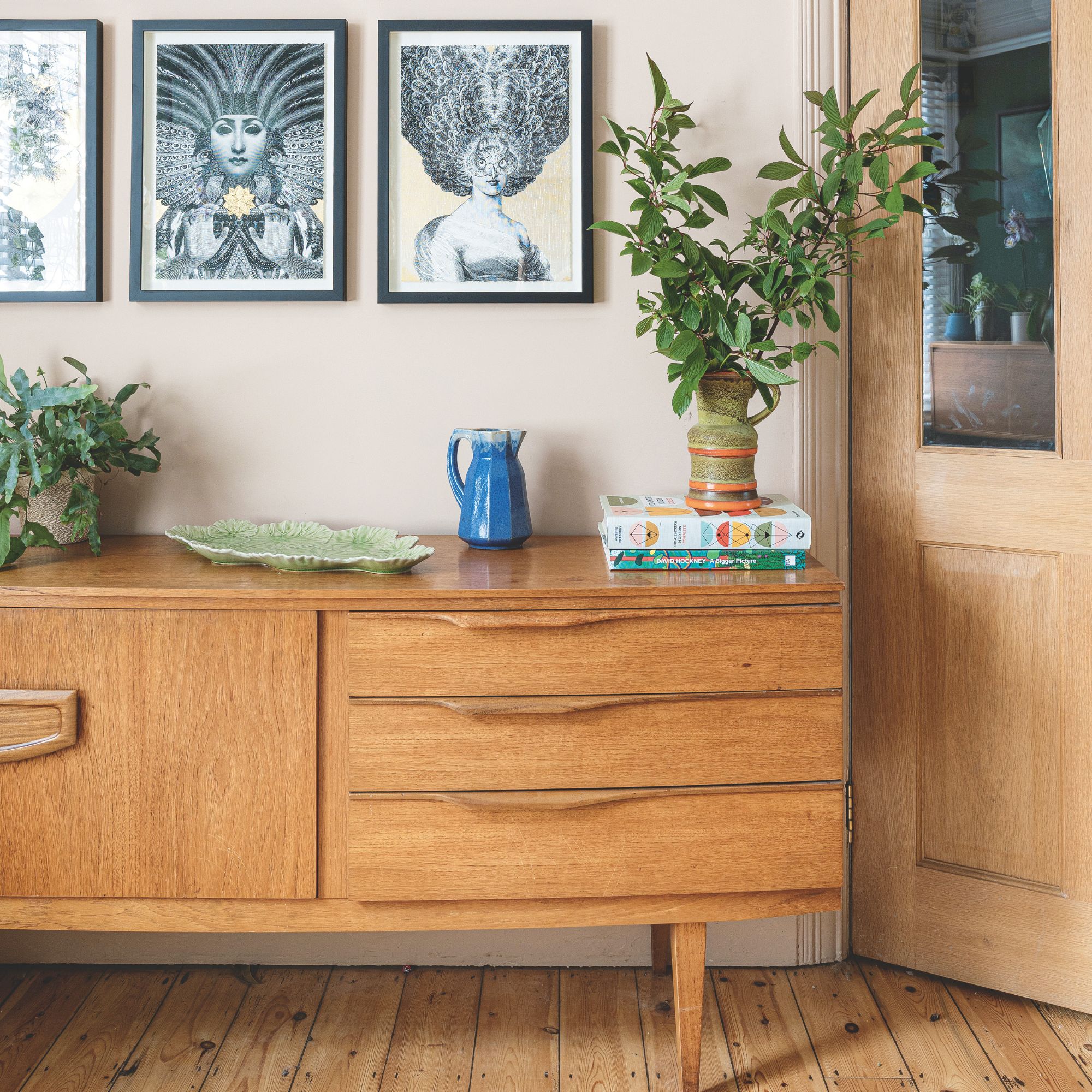
And it’s the drawer inserts and organisers that will make the big difference here. Jane echoes this, saying, ‘Add drawer inserts to keep smaller bits and bobs separate (USB cables, phone chargers, stamps, pens, Sellotape, takeaway menus, post-it notes, keys, etc). Small freezer bags are also good for this.’ This HÖNSNÄT Cable Organiser from IKEA is perfect for these small items, too, and it’s just £2.
If you don’t want to spend any money on new drawer organisers, Jane also suggests you ‘simply repurpose empty boxes and containers; lids from deodorant cans are good for small things like paper clips and rubber bands.’
5. Knitwear
One of the most common bedroom storage ideas is using wardrobes and hanging space, as hanging items generally takes up less space than folding them. However, there are some items of clothing that should be stored in drawers for the sake of their quality and longevity - and that’s the case with knitwear.
Shannon Murphy, Professional Organiser and Founder of Simpl Living Co, says, ‘A common mistake I see is knitwear being hung in wardrobes, which causes it to stretch and lose its shape. Storing it folded in drawers helps maintain its structure and keeps it looking great for longer.’

Ideally, you should use drawer dividers like these Amazon Basics Collapsible Clothes Drawer Organisers to keep them as neat and tidy as possible, but you can also fold them directly into the drawer if you’d prefer. Then, pop some of these ecoKiwi Cedar Balls from Amazon in there, too, to keep the clothes moths at bay.
Alternatively, you could roll them and stand them upright, a technique that Hester uses for all of her clothes, bedding, and foldable items. This way, you can choose your knitwear of choice without having to lift any up to reach the ones at the bottom.
6. Water bottles and food containers
I don’t know about you, but organising food containers seems like a never-ending battle. Due to the many different shapes and sizes, they’re impossible to stack, and lids always go missing. As a result, I’m constantly buying more, and they always fall out of the cupboard when I open the door.
But it turns out that food containers and water bottles are better stored in drawers rather than cupboards. This is something that Jane swears by, and she says, ‘One thing my busy mum clients have plenty of is water bottles: these stand neatly in a drawer, and I like to include a compartment purely for the lids, to make pairing them easier.’
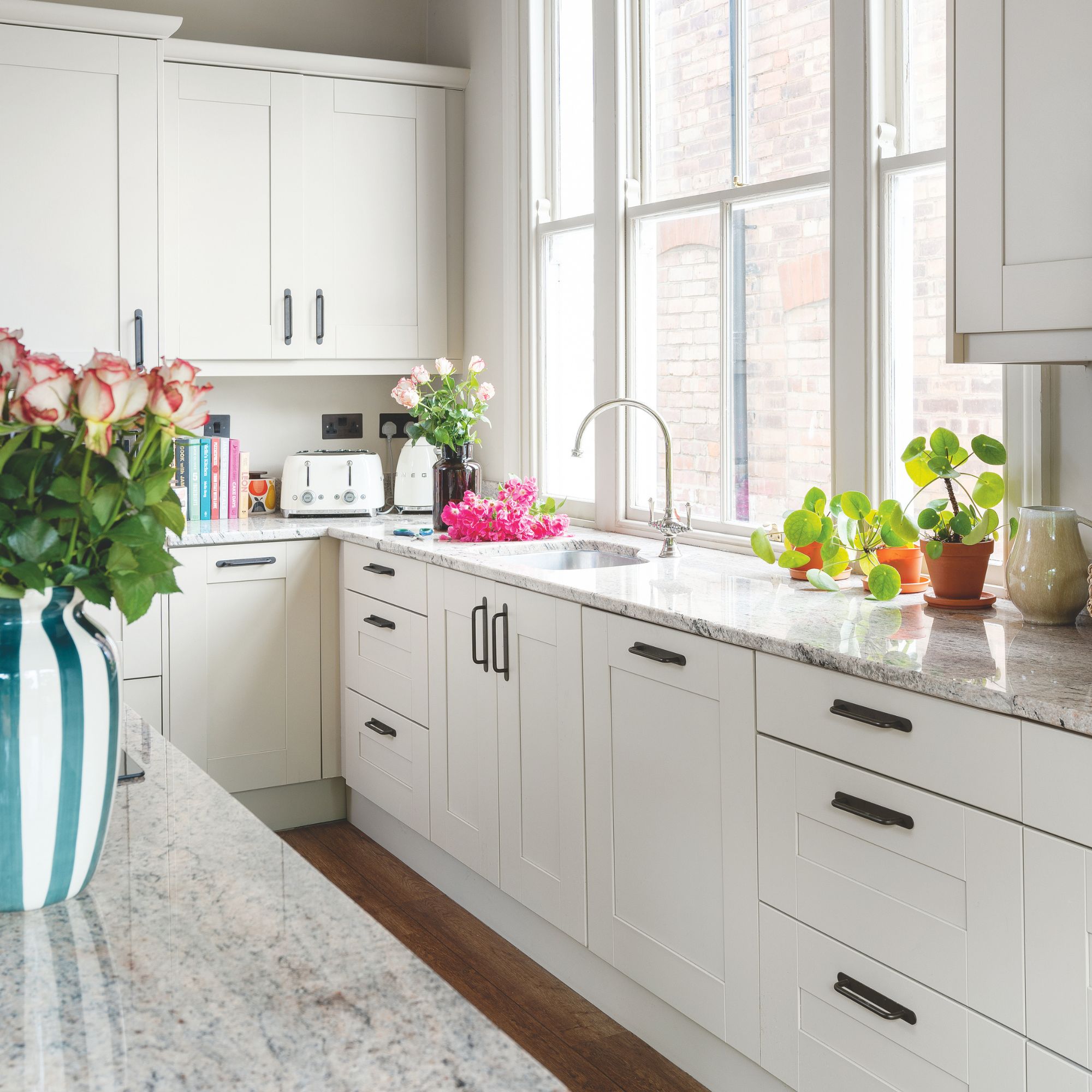
Of course, it’s first a good idea to declutter your food storage containers and water bottles so you’re only keeping the ones you really need. By doing this, you can streamline your collection and ensure that you’ve got full sets with lids.
You can then use inserts and dividers to find a way to organise them that works for you. However, most experts would suggest storing the lids separately from the bottles and the containers, and this DrawerStore Grey Baking Tray Organiser from Joseph Joseph can help you do just that.
Each of these trays comes with 32 pegs that you can insert wherever you'd like, so you can tailor it to your individual food container needs.
7. Jewellery and makeup
Where do you store your jewellery and makeup? In the bedroom? In your dressing room? Or maybe just strewn across your house and dumped in trinket bowls? Whatever you do with them, organisation pros would suggest storing them in drawers for safe keeping and a clutter-free home.
Shannon says, ‘If you have the space, storing jewellery in a drawer prevents dust from settling on it and keeps it tangle-free. You can get some nice soft drawer jewellery storage to keep things separated.’ In fact, ditching a jewellery stand for a jewellery drawer is one of the best ways to organise jewellery.
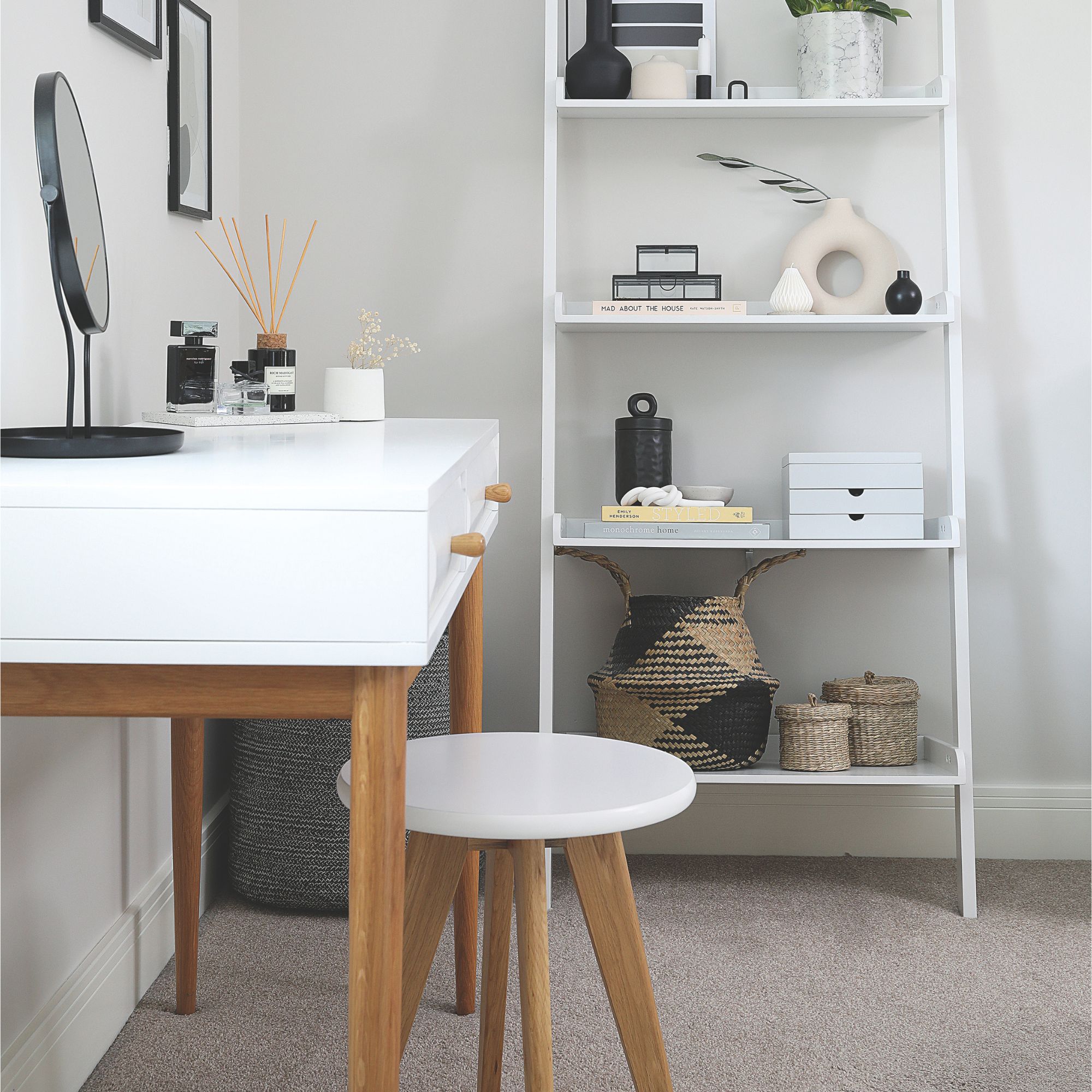
However, Shannon does state that this idea won’t work for everyone. She adds, ‘There’s no set rule for how a home should be organised; it just needs to work for your lifestyle. For example, I have a client who keeps her makeup in a kitchen drawer because that’s where she applies it every day. It might seem unconventional, but it makes perfect sense for her routine.’
So, you should first think about your life and your requirements when it comes to organising your makeup and jewellery, and find a drawer near to where you need it most.
This set of 4 felt baskets are perfect for storing smaller items like jewellery or makeup, merging style and practicality in one.
Instead of keeping your sunglasses on the top of your chest of drawers, pop them inside your drawers in this 8-grid sunglasses tray.
Available in a choice of 6 colourways, this jewellery organiser can be slotted into your drawers in seconds. It also has a velvet lining to keep your goodies safe.
FAQs
What should I put in my drawers?
First and foremost, the best things to put in drawers are smaller items like underwear, cables and tech accessories, kitchen utensils, and everyday items that may be lost if they were to be left on the side.
However, there are no hard and fast rules when it comes to what you can put in your drawers, as many professional organisers also encourage you to put larger items in them - and items that many would traditionally put in wardrobes or cupboards.
This includes items that come as a set or items that you have multiples of, including pots and pans, storage containers, makeup, and more.
How should I organise my drawers?
If you want to successfully organise your drawers, whether shallow drawers or deep drawers, you should complete the following steps:
- Empty the drawers and declutter anything you no longer use or want.
- Separate the contents into categories, e.g underwear, knitwear, pots and pans, food containers.
- Use drawer organisers to keep everything neat and tidy.
- Put the items you use the most at the front of the drawer.
Will you be relocating these items in your home? Or do you store something else in your drawers? Let me know in the comments!




